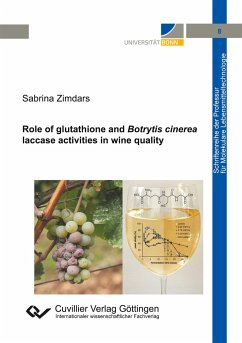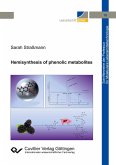The grapevine Vitis vinifera is highly susceptible to fungal infections. This entails numerous problems in winemaking leading to a reduced wine quality. As a consequence of the application of copper-based fungicides, elevated copper levels in the grape must may cause stress conditions for Saccharomyces cerevisiae during fermentation. This work describes the influence of glutathione, a natural and potent antioxidant, on vinification of a copper-rich Riesling must. The results provide important information on the use of glutathione in winemaking as a tool to reduce negative effects of copper. Wine quality deterioration may also be attributed to the presence of laccase, which is secreted by Botrytis cinerea present on infected grapes. This enzyme oxidizes phenolic compounds that are part of the plant defense system. The laccase-catalyzed oxidation of phenols in the must leads to an undesired discoloration. Therefore, the oxidative properties of laccase-containing secretomes of ten Botrytis cinerea isolates were investigated and their distinct impact on color deterioration was deduced from the different catalytic activities toward abundant wine phenolic compounds.








